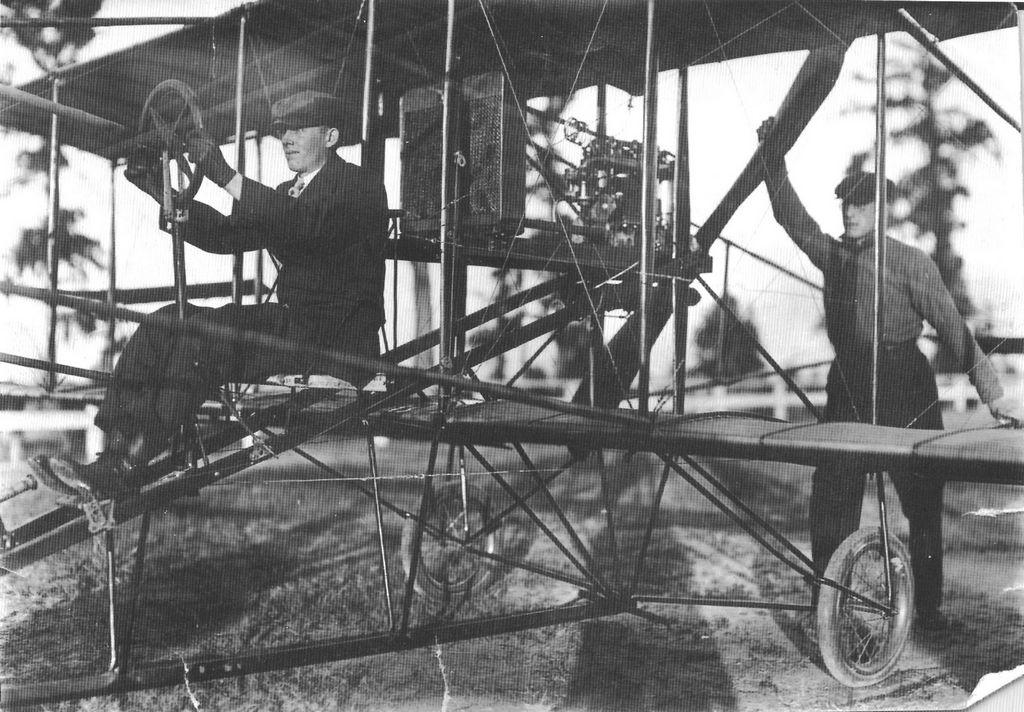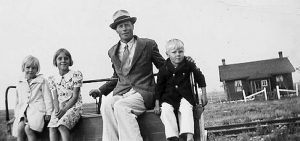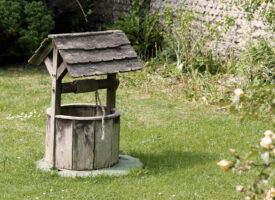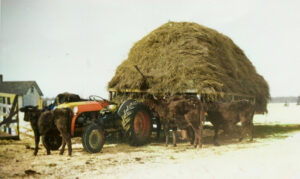
By Bob Taylor – Winnipeg, Man.
I recently came across an old postcard that had belonged to my late father-in-law, John Robinson, of Portage la Prairie, Manitoba. The card was a souvenir from the 1912 Portage la Prairie Fair where Jimmie Ward did barnstorming tours of Portage and Winnipeg.
Ward was flying a early model biplane he called “The Shooting Star”. The flight from the Portage fairgrounds took place on July 11, 1912.
My father-in-law was at the fair where he got a souvenir picture. My late father, Frank Taylor, of High Bluff, was also at the fair. Many years later, he told us about being there and described the plane as being all canvas and wire.
Out of curiosity, I checked the internet for Jimmie Ward, aviator, and found pages of information on Ward and other pioneer aviators. Included in Ward’s biography is an identical picture to the one we have.
Ward was the third pilot to barnstorm at the Portage Fair. Eugene Ely, from Davenport, Iowa, was the first to fly in Western Canada. He performed at the Portage Fair in 1910 and at the Winnipeg Exhibition. Apparently, there was little interest shown by the news media.
Barnstormer thrilled spectators
There was another barnstorming show at the Portage Fair in 1911 but it gathered no attention. Apparently the plane was a Curtiss biplane but the name of the pilot is unknown.
Ward was there in 1912, but I couldn’t find any history of his Portage stop. However, on July 13, 1912, Ward thrilled thousands of spectators in Winnipeg as he made 10 flights over the city during the Exhibition. While in Winnipeg, Ward used an open field alongside McPhillips Street, as a base and landing field.
Ward’s small biplane was powered by a 25-horsepower engine. The engine was mounted mid-wing behind the pilot and had a pusher propeller. Because early aircraft were so fragile, they could only be flown under ideal conditions. The top speed in flight was a little over 30 mph.
Pilot weight was also a factor. Ward weighed 122 pounds and was considered one of the better pilots.
After each air show, the plane was dismantled, crated, and moved by rail to the next exhibition. Ward continued barnstorming for several more years.
During WWI, he trained pilots for the military and he suffered from depression after his wife perished in a house fire in Kansas. He never recovered and became so ill, Glen Curtiss had him admitted to a state hospital. In 1923 Ward died of a cerebral hemorrhage at the age of 36.
This fascinating research on Ward’s tragic life was thanks to John Robinson’s 100-year-old postcard.
Editor’s note: We were able to find a couple photos of Jimmie Ward, along with a great story about his life at the Crookston Times website.



